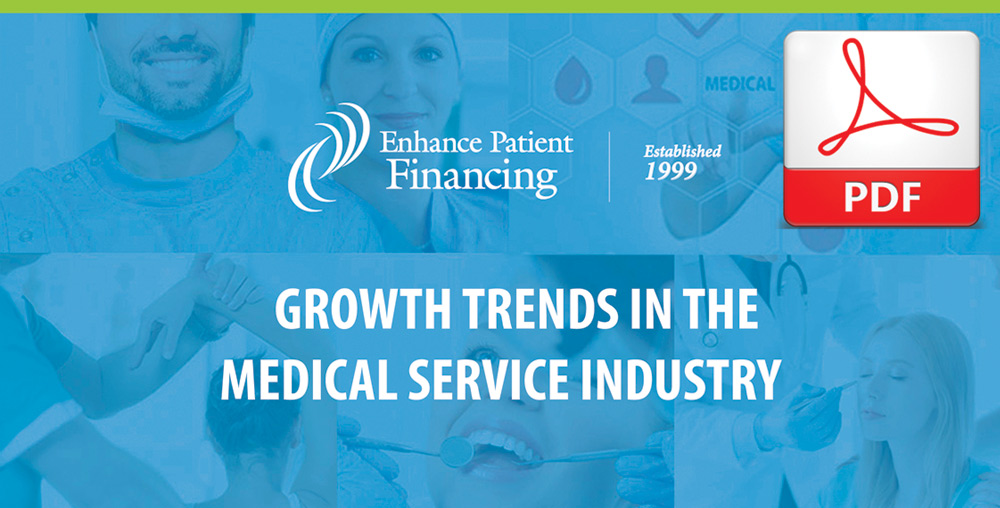
Ahead of the Curve
In the highly competitive medical service industry, opportunities to win patients are soon seized upon. The shift toward alternative financing is causing an increasing number of medical providers to re-evaluate their credit programs.
The Patient Experience
Using legacy systems, should a first application for finance be declined, the process must be entirely repeated for a second lender. The prospect of a clunky patient experience, with the risk that a patient could be declined twice, has caused many medical providers to be cautious about secondary lending.

Even where the value of making a secondary offer is compelling, medical practitioners and service providers have been concerned about the time needed to fill out a second application. This can result in a delay, extra effort and the risk of having the patient change his/her mind.
Technology Innovators Offer Some Relief
Until recently, secondary financing was kept to the margins for medical practitioners and service providers. However, the development of technology platforms that manage multiple applications following a single input of patient details are helping to resolve many of the challenges that have dissuaded practitioners in the past.
The best solutions on the market fully take over the management of relationships with credit providers, allowing medical providers to offer their patients a single application process that presents the best option from a range of lenders. This process can be seamless for both the patient and the provider, with no duplication of effort or additional administrative burden. It can also be achieved through a secure cloud-based service that minimizes the time and cost of IT adaptation or renewal, as well as staff training.
Medical Providers understand the role of patient financing in winning new patients and increasing services provided. However, the difficulty of working with multiple providers, and conservative lending practices of primary providers, has prevented many sectors of the industry from taking full advantage of the potential opportunity.
Some large practices, with the security of scale in their patient base and internal resources, have been first to benefit from leveraging technology to expand alternative financing options. This advantage is now being challenged as multi-lender technology platforms enable any medical provider to offer multiple sources of lending to their patients. Implementing technology that removes concerns about an impaired patient experience has injected a new level of flexibility into the market that makes it easier to match credit with patient needs and circumstances.

As the medical industry adapts to the opportunities of a wider range of financing sources and easier access to them, a variety of approaches can be expected. Large practices that haven’t yet innovated will seek to meet or exceed the competitive position of their rivals. Midsize and small practices may find they have an agility advantage over large rivals as they can more rapidly shift to a new wave of easier to implement and cost-effective cloud-based solutions.
While most will see the potential to expand their patient base by securing more credit approvals, some will seek to differentiate by raising the quality of their patient experience or expanding their service capabilities. What is clear is that patient financing is only likely to become more important and prevalent in an increasingly competitive and sophisticated medical service provider market in years to come.
Enhance Patient Financing (EPF) is a leading financial technology company for medical practitioners and service providers. By combining secure, cloud based technology, a comprehensive lending supply, and support under one roof, EPF delivers practices more satisfying financing experiences for their patients.


